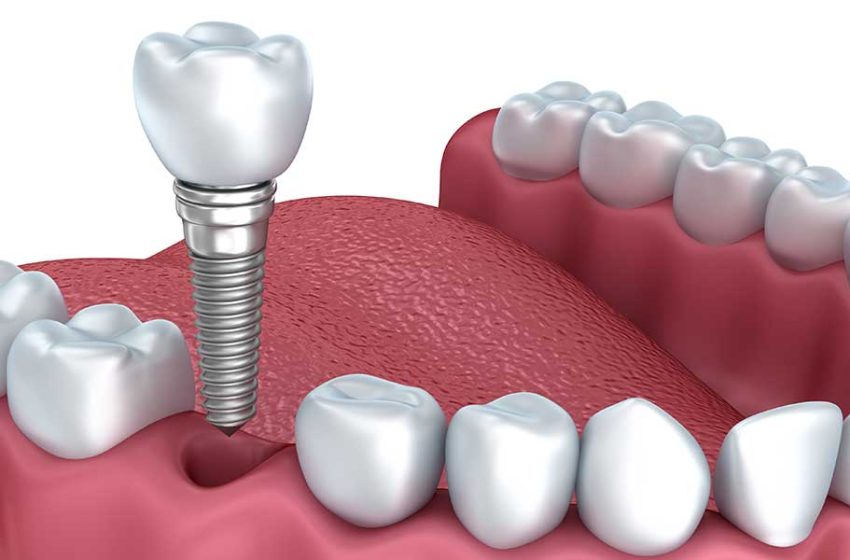How Tooth Replacement in NYC Can Help Prevent Bone Loss

Tooth loss affects more than just the way a smile looks. What many people in NYC don’t realize is that the jawbone beneath the missing tooth can start to deteriorate. Over time, this absence can influence how the jaw functions and how the face appears.
To maintain oral health and prevent unwanted structural changes, it’s important to consider restorative options that do more than just fill the gap. Many people who explore tooth replacement in NYC are looking for solutions that support long-term health and stability as well as appearance. That’s why understanding how tooth replacement affects the jawbone is an important next step.
Tooth Loss Affects Bone Health
Tooth roots support the jawbone through daily pressure during chewing and speaking. When a tooth falls out or is removed, the bone below it stops receiving that stimulation. As time passes, the lack of contact with the root affects the structure of the jaw in that specific area.
Changes in the bone can lead to shifting teeth and visible differences in facial features. Choosing timely care helps reduce those concerns and keeps the mouth properly supported. Many individuals considering tooth replacement treatment in NYC often start their search with the goal of restoring both function and appearance.
Natural Functions of the Jawbone
The jawbone supports the teeth and gives the face its shape and balance. When teeth are in place, signals from daily movement keep the bone active. Without a tooth in that spot, the stimulation ends, which affects the density and strength of the bone.
Supporting the jaw involves more than restoring what’s visible. The connection between roots and bone is a key part of maintaining comfort while eating and speaking. Tooth replacement helps maintain that function with options designed to work in harmony with the surrounding structure.
Tooth Replacement Options for Bone Support
Certain solutions help preserve bone better than others. While all replacement types improve function, some also interact directly with the jawbone. A few options include:
- Dental implants with titanium roots
- Implant-supported bridges
- Hybrid dentures anchored to implants
Early Action Preserves Bone Structure
Delays in treatment can allow changes to develop that take more time and effort to address. Taking action early keeps the area around the missing tooth engaged and supported. It also limits the movement of neighboring teeth into the open space.
People in NYC who choose tooth replacement earlier can have more options available to them. Preserving the original bone makes it easier to find a solution that feels and functions naturally. Addressing the issue right away provides better support for the mouth as a whole.
Facial Appearance and Structural Support
The shape of the lower face relies heavily on the underlying bone. When bone in the jaw starts to change, it can affect the appearance around the mouth and chin. Maintaining bone levels helps the face stay balanced and proportionate.
In NYC, tooth replacement is a crucial procedure that helps protect the structure from gradual changes. Options that interact with the bone help reinforce that part of the body without requiring constant adjustments. Keeping the shape of the face consistent can also make speaking and chewing feel more comfortable and familiar.
Trusted Care for Tooth Replacement Needs
Choosing the right provider matters when exploring options for restoring missing teeth. Working with a team that focuses on both function and long-term health can make a difference in the quality of care and comfort throughout the process.
Patients in NYC have access to dental professionals who offer a full range of tooth replacement services, from evaluation to final placement. With careful planning and attention to detail, these experts help guide individuals toward options that support bone structure and overall oral stability.
Tooth replacement in NYC supports jawbone health by helping maintain the structure after a tooth is lost. Choosing an option that interacts with the bone can preserve alignment, comfort, and appearance. Acting promptly allows individuals to protect both function and form while keeping long-term oral needs in mind. With guidance from a dental professional, selecting a suitable solution becomes a reliable step toward sustained support.